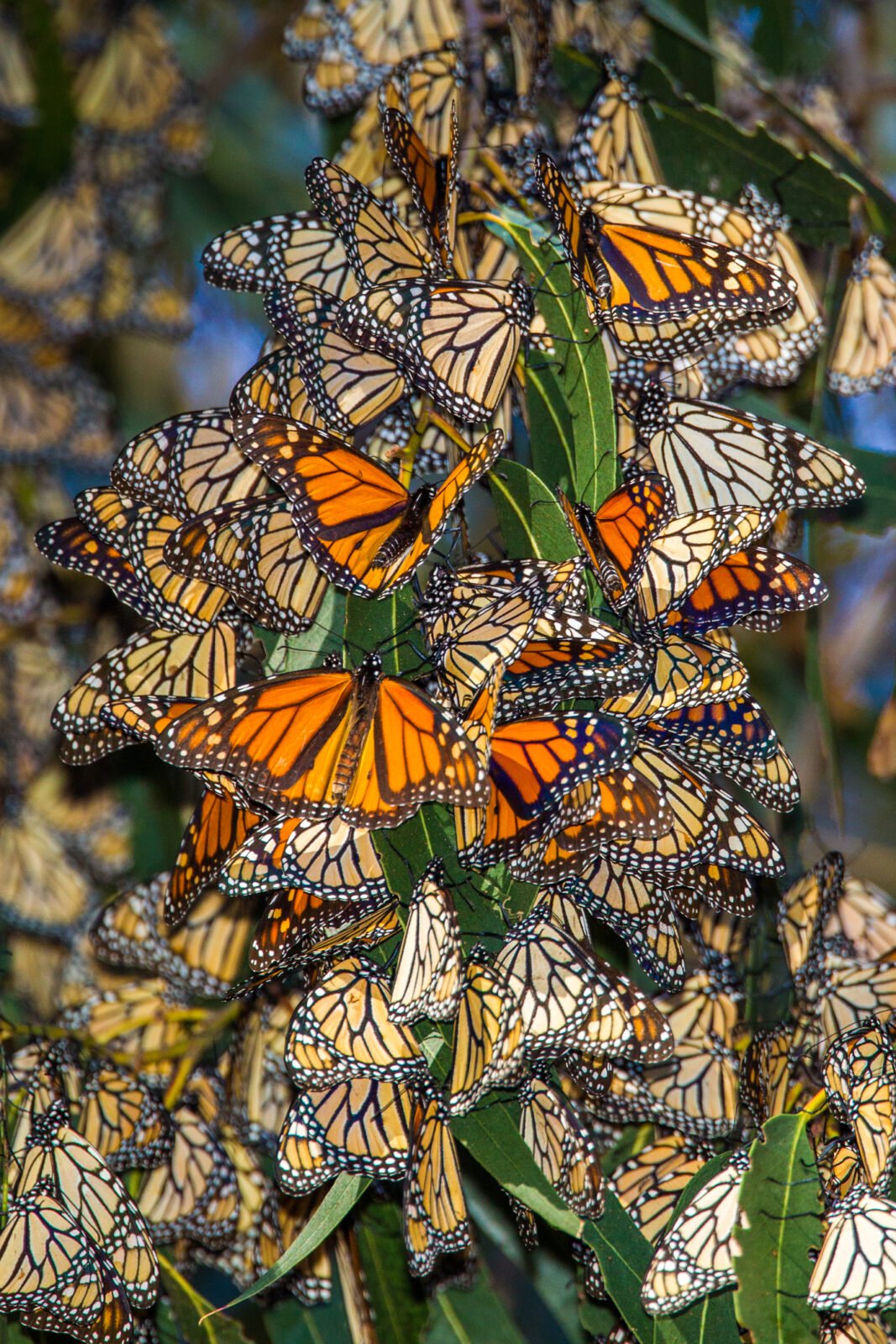
Native News Recap: 2022
Here’s a native news recap looking back at some of the biggest native plant news stories of the...
A lot of us are still feeling the effects of the wintry weather, but soon enough it will be time for spring planting. With some careful planning and by following our advice, you can optimize your planting of native plants in your garden!
In early spring, you need to be aware of frost heave when planting smaller plants. Frost heave is when the water-saturated soil ‘swells’ during freezing temperatures pushing the ice towards the surface. This can sometimes dislodge new plantings but can be counteracted by mulching. One to three inches of mulch can really help prevent weeds and diseases while maintaining the proper moisture levels and prevent frost heave. Another difficulty when trying to work with frozen soil is that air pockets can form around the roots, which can make them dry out or even keep the plants from rooting in. This can also slow down initial growth and if roots are allowed to fully dry, could kill the tree/plant. Make sure to water plants regularly throughout the first season―roots can dry out even when plants are dormant!
Make sure to choose species with staggered bloom times, to provide insects with food throughout all stages of their life cycle. You’ll be helping the ecosystem by providing pollinators with a source of food, and you will enjoy continuous blooms in your garden.
Plan ahead for fall color, too. Nurseries are full of colorful spring blooms, but a little planning ensures a colorful garden all year round. Also, remember that there are some plants, such as winterberry, that hold their berries through the winter. This is important as ‘overwintering’ birds need food as well. Make sure if you plant a species that produces fruit―such as an elderberry―that birds will enjoy these plants, too! Make sure you’re not planting them anywhere near where you park your car, as that may result in some unwanted messes from your local feathered friends.
Remember to clean up first! Before planting, it’s important to remove all the dead leaves and leftover snow along with the weeds. Make sure to grab the roots, so weeds don’t grow back! Sharpen your tools so you’re ready to remove any overgrowth. The soil in your garden is most likely compacted and dried out after winter. You need to add moisture back in to the garden, and also consider adding organic material such as manure or compost. This is a good time to test the soil, too. In Mid-April or May, you’ll want to prune the plants that survived the winter. Prune summer plants in early spring and prune blooming plants just after they bloom. In late spring, prune your flowering shrubs and bulb producers. With a little planning, your garden will look beautiful throughout the growing season! Shop our complete line of native plants now at Direct Native Plants and check out our other helpful articles as well.

Here’s a native news recap looking back at some of the biggest native plant news stories of the...
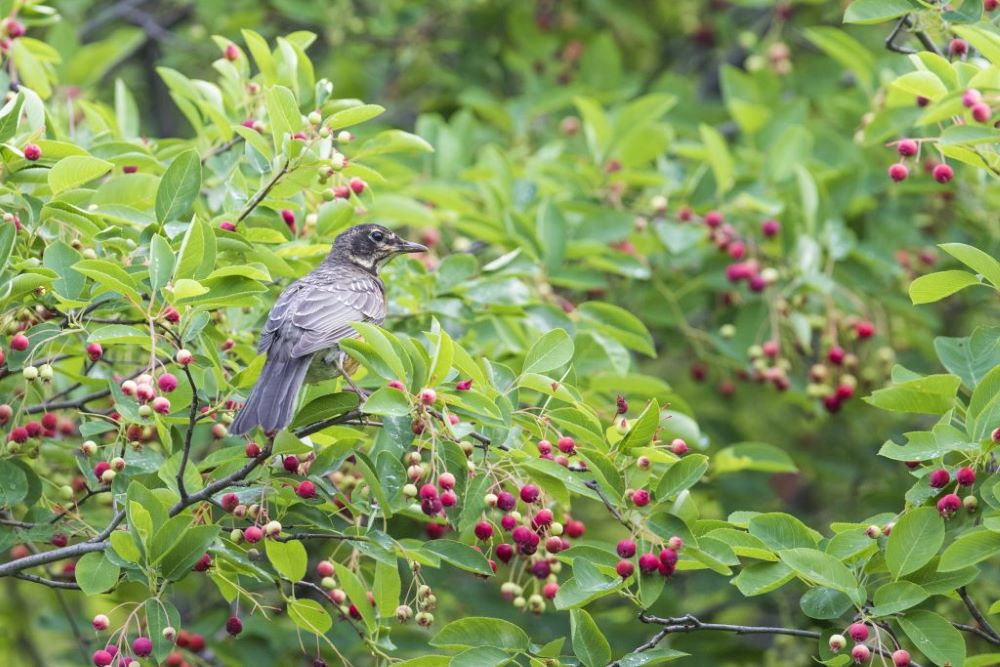
In the past we have emphasized the importance of keystone species in supporting bird populations,...
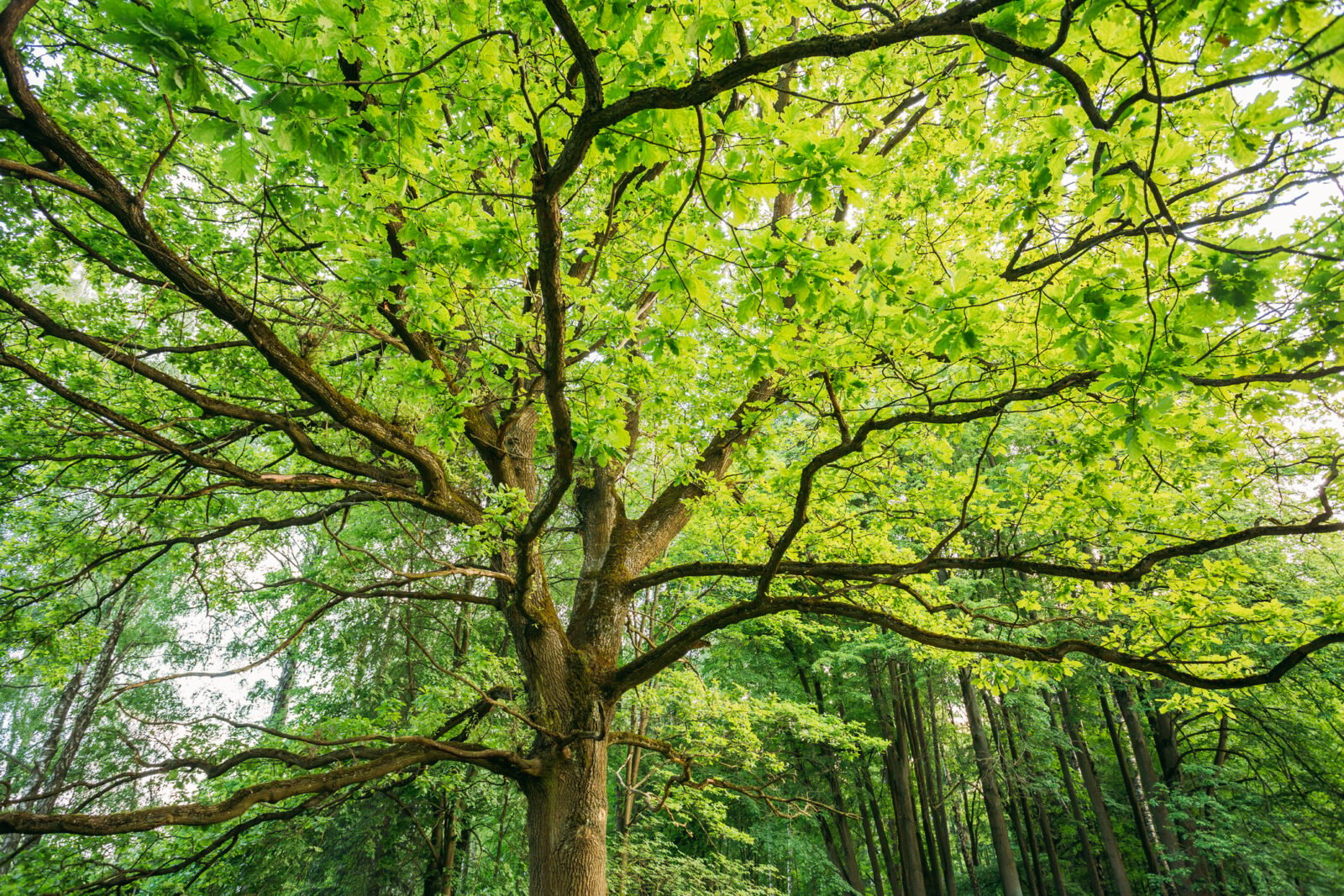
Perennials are the stars of most gardens, and no wonder! They provide a variety of shapes and col...
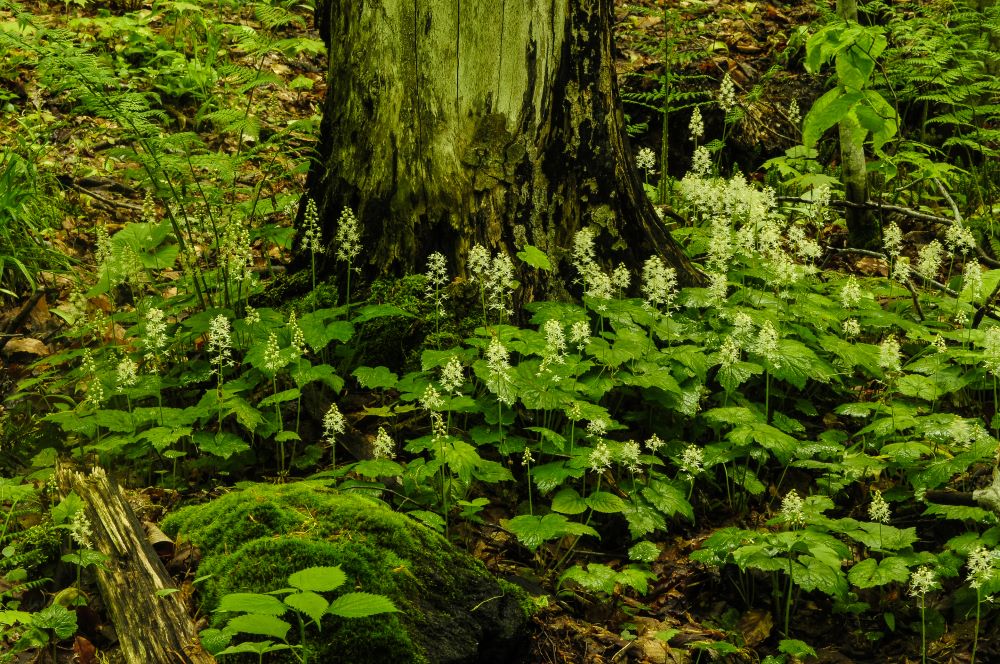
These native ground covers for shade make a perfect living mulch by holding in moisture, keeping ...

Gardening is ‘In’! Over the past two years gardening has suddenly become very popular with pe...
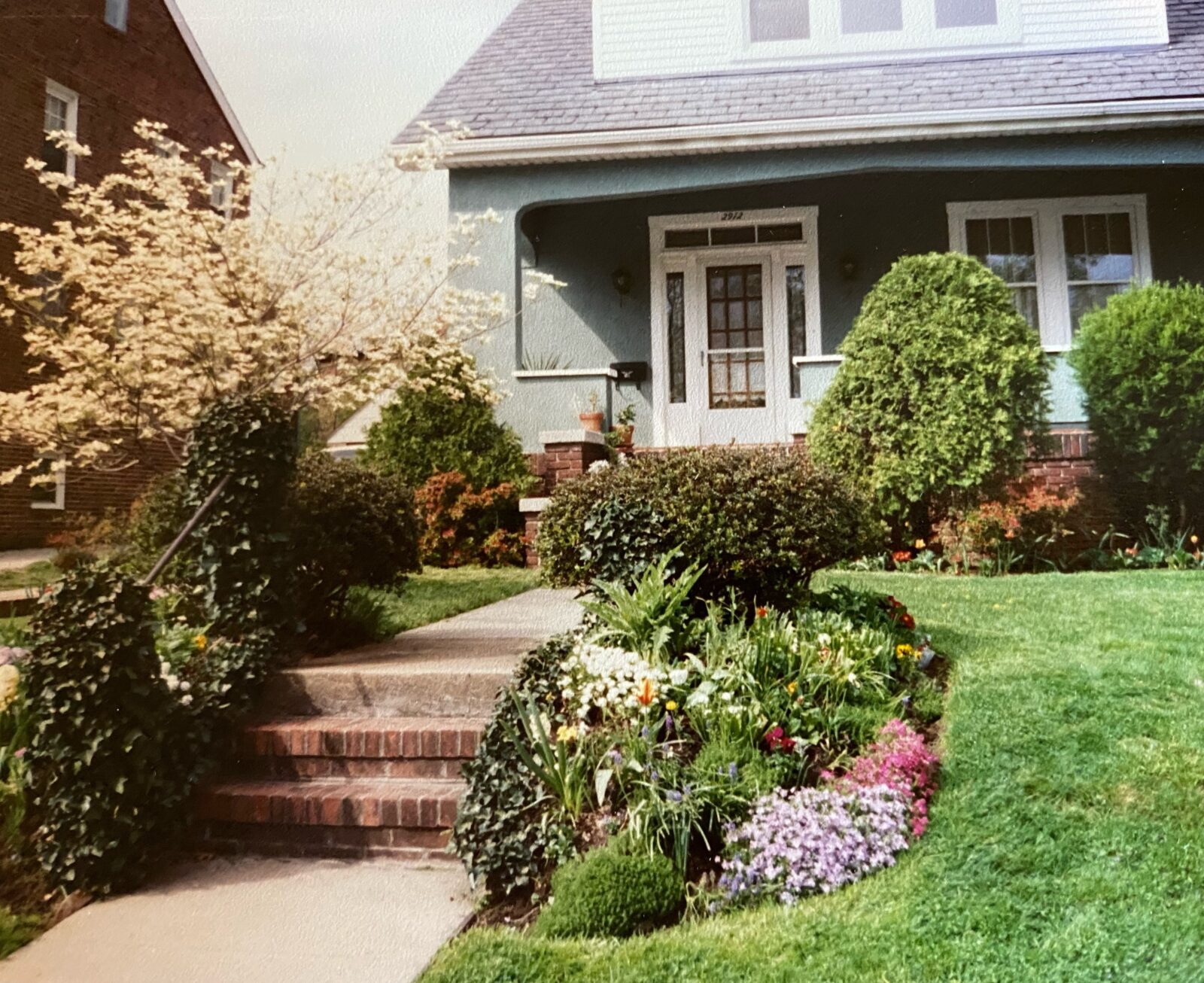
Mothers give us so much, but sometimes it takes a while for us to appreciate the gifts that we ca...
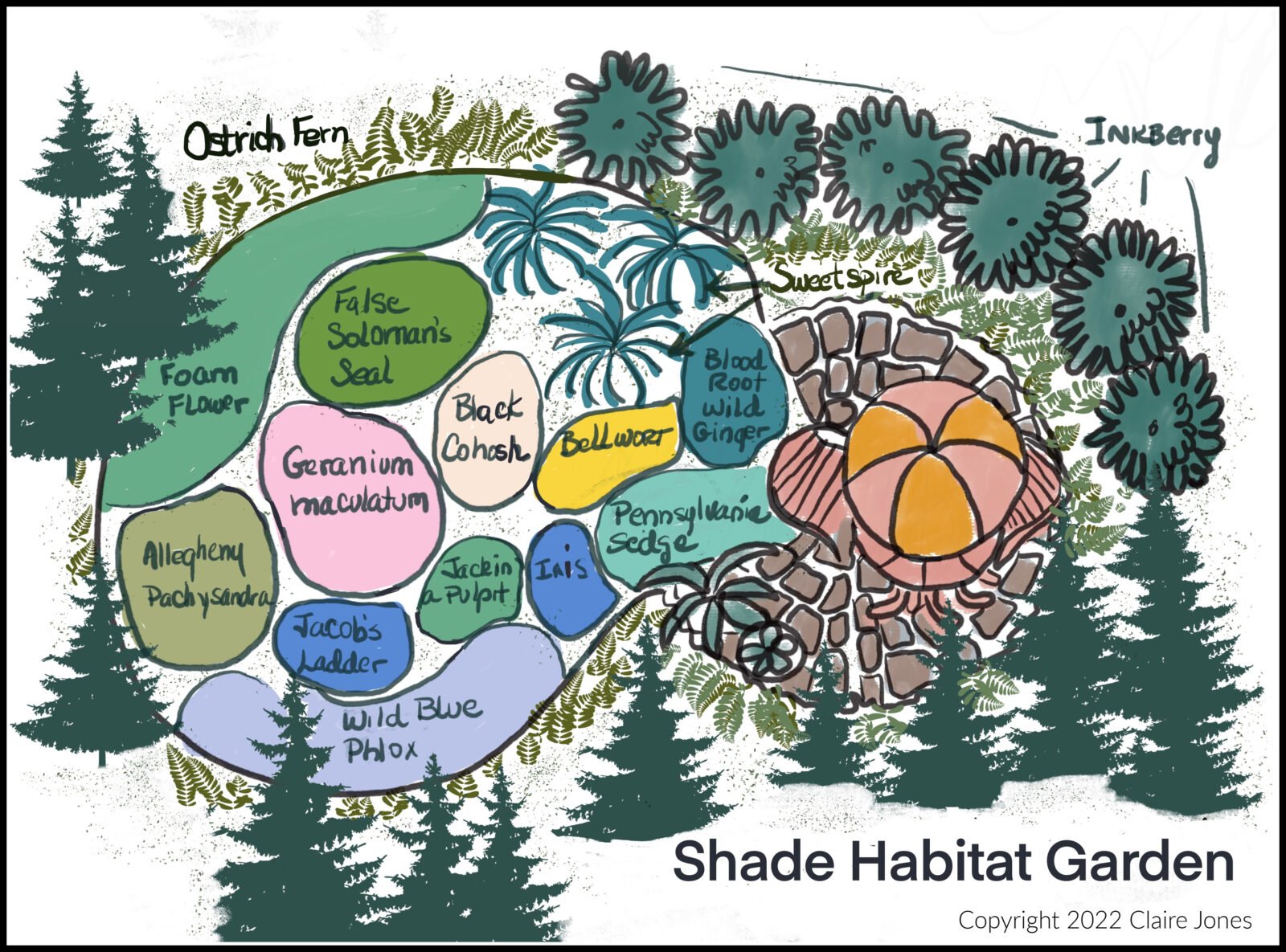
This is the second part of my Habitat Heroes Design series. The first part was a sunny garden of ...
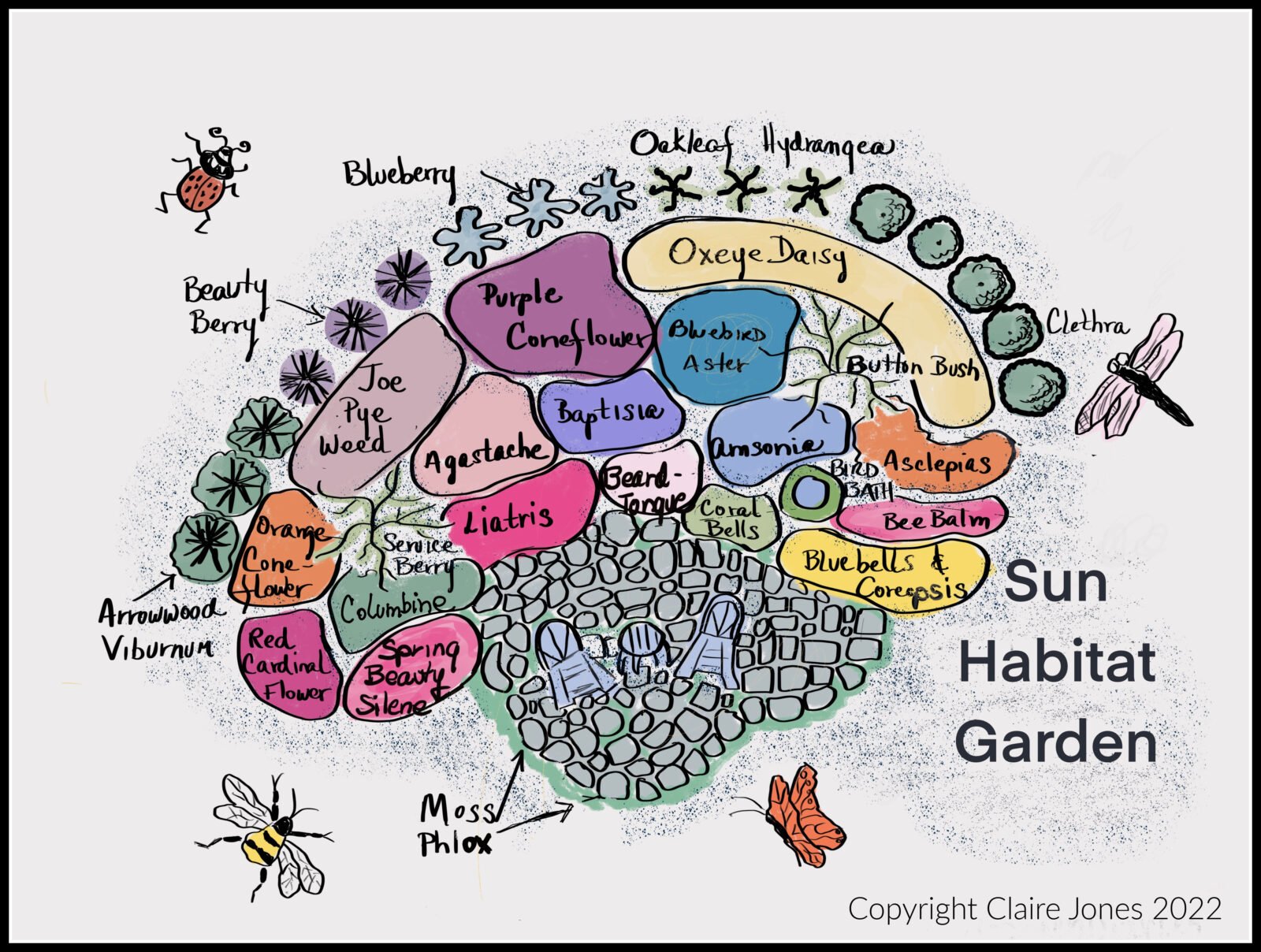
This blog post will cover how to design and install a Sunny “Habitat Hero Garden” with native...
Now Shipping for Spring 2024!